By Simon Webster
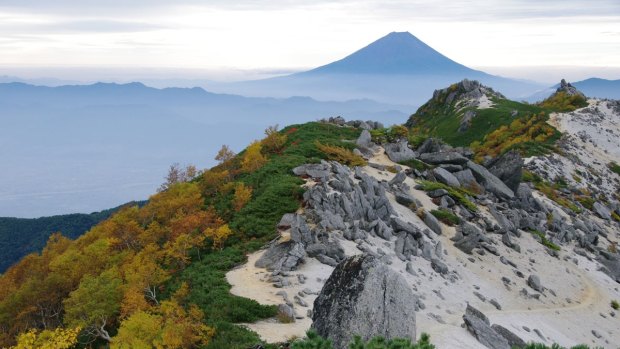
Hiking Japan is one of the hiking world’s best-kept secrets.Credit: @JNTO
This is sponsored content for Japan National Tourism Organization.
Summer in Japan is the perfect time to lace up your walking boots and explore some awe-inspiring scenery.
Japan turns different colours in different seasons. In summer, landscapes previously covered in snow are bathed in green, and skis are abandoned in favour of hiking gear, as locals and visitors make the most of the warm weather and explore some of the world's most spectacular mountain landscapes on foot.
Hiking is hugely popular in Japan. There are walks for all fitness levels, offering cultural experiences in ancient temples and warm welcomes in traditional inns as well as breathtaking natural beauty. Time to take on five of the best.
Mt Fuji
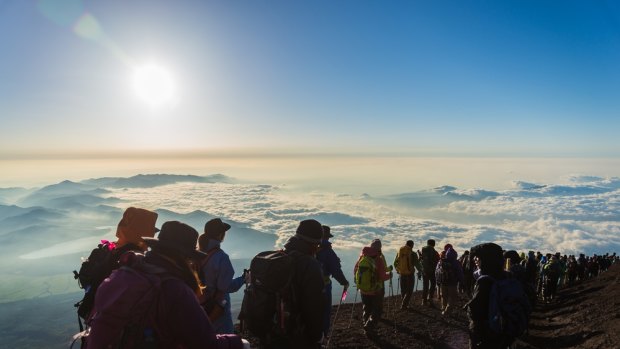
The serene, snow-capped, symmetrical cone of Mount Fuji is probably the most iconic image of Japan, familiar to anyone who has ever had even a passing acquaintance with Japanese art. It may look daunting, but during the climbing season of July to early September, Japan's highest mountain, at 3776 metres, offers a surprisingly achievable ascent for hikers, and is only two-and-a-half hours by bus from Tokyo. Four routes lead to the top of the mountain. You could reach the top in five or six hours, but most climbers break up the journey (and avoid altitude sickness) by stopping in a mountain hut on the way up, before setting off again in the early hours to reach the summit in time for Fuji-san's sunrise, an experience so special that it gets its own word: goraiko. Climbers can then complete the 90-minute ohachi-meguri, or 'walk around the crater', and pay their respects to the mountain's eight peaks, while mentally putting a great big tick against an entry on their bucket list.
Kumano Kodo
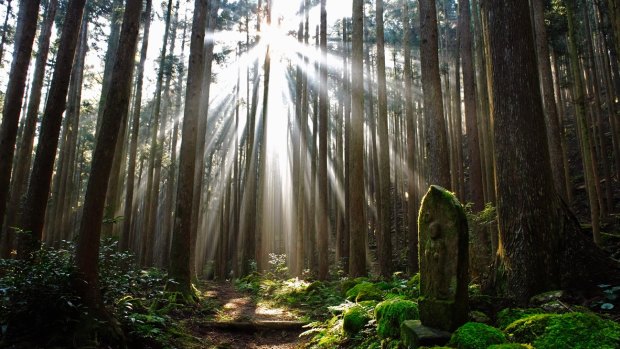
Ancient forests, tea fields, hot springs and dramatic waterfalls provide a spectacular natural backdrop for this World Heritage listed pilgrimage trail on the Kii Peninsula, a few hours by express train from Osaka or Nagoya. You can spend anything from two to 10 days following this network of trails that lead to some of the most spiritually significant sites in Japan, including the three grand shrines of Kumano Sanzan. Ryokans and minshukus (traditional inns and homestays) provide weary travellers with onsen (communal hot baths), beds for the night and several courses of delicate local food, including fish, pickled vegetables and onsen tamago (eggs boiled in a hot spring). The inns can also provide snacks for you to take on your hike the next day, so grab a mehari-zushi (a rice ball wrapped in pickled mustard leaves) or two before you hit the road.
Nakasendo Trail
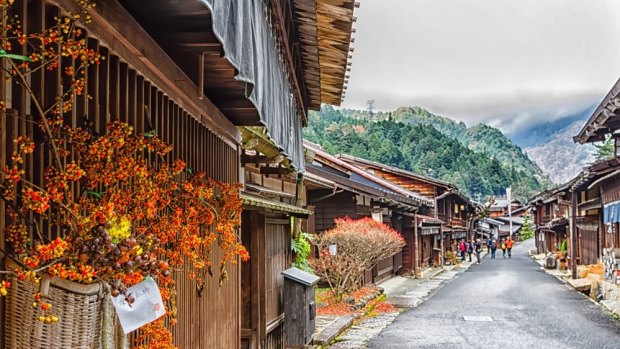
The 'road through the mountains' was an important route linking Kyoto and Edo (nowadays known as Tokyo) during Japan's feudal era. The path was followed by lords, samurai and merchants alike, who would stop off in some of the 69 'post towns' to break up the journey. Several hundred years later, sections of the route have proved remarkably resistant to modernisation, and traditional inns in historic mountain villages such as Narai, Tsumago and Magome provide lodgings for travellers who could be forgiven for thinking that time has stood still (or at least slowed down a bit). After a few days of walking country roads, admiring the beauty of the Kiso Valley running alongside the Central Alps, and soaking weary muscles in hot springs, modern-day, hi-tech Japan will seem a long way away.
Mount Hiei
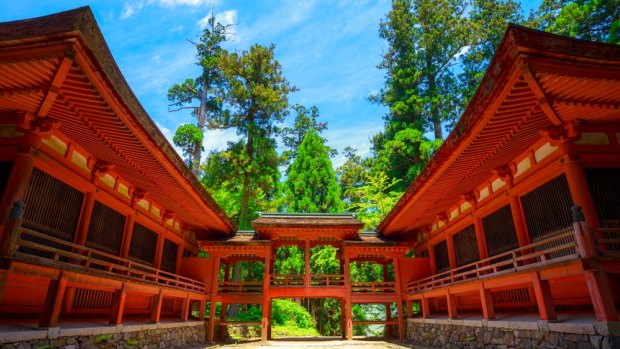
You know how we said hiking is big in Japan? Well, for the monks of the Enryakuji Temple at Mount Hiei, that's an understatement. The Sennichi Kaihogyo, or 'thousand day mountain walk' is the ultimate ascetic challenge for these monks, involving about 38,000km of walking around the mountain over 1000 days spread over seven years. Apparently, only 51 monks have achieved this since 1885, so perhaps it's best if you stick to something less demanding. Rising 84 metres just outside Kyoto, Mount Hiei offers several ways of reaching its summit (including cable cars from two sides of the mountain). One of the most popular walks starts at Hieizan Sakamoto Station, 20 minutes from Kyoto. Keep an eye out for bears, boars and monkeys on the 90-minute climb to the World Heritage listed Enryakuji Temple complex at the summit and views of Kyoto and Lake Biwa.
Mount Takao
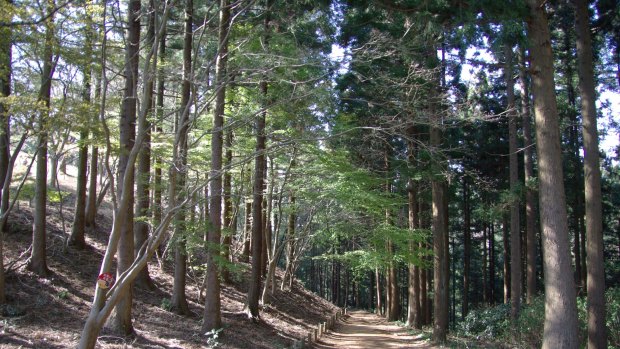
Another bite-sized taste of Japanese mountain hiking can be found less than an hour by express train from the centre of Tokyo. Mount Takao has several climbing tracks, the most popular of which is Route No.1, which offers the option of a cable car ride halfway up the mountain for anyone who doesn't fancy the two-hour climb. The walk takes in a monkey park, a famous cedar tree that resembles an octopus, and the remarkable, ornate Yakuo-in Temple (established in 744AD), complete with statues of tengu, long-nosed demons that punish evildoers and defend the good, sweeping away misfortune with their uchiwa (fans). A little further on, the views of Tokyo and Mount Fuji (on a clear day) from the summit are spectacular. Like many hikes in Japan, Takao-san offers a blend of culture, spirituality and natural beauty that makes it all too easy to keep putting one foot in front of the other.
For more inspiration and travel tips, visit the Japan National Tourism Organization site jnto.org.au
Sign up for the Traveller Deals newsletter
Get exclusive travel deals delivered straight to your inbox. Sign up now.